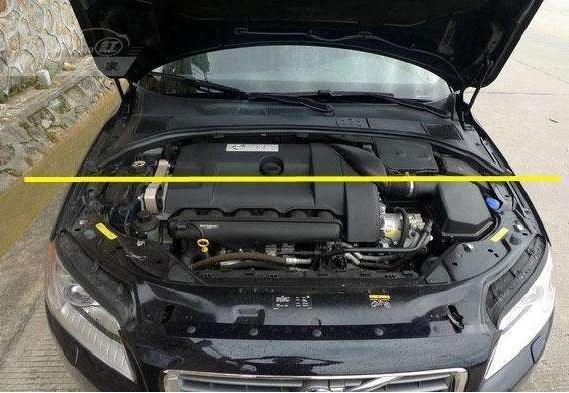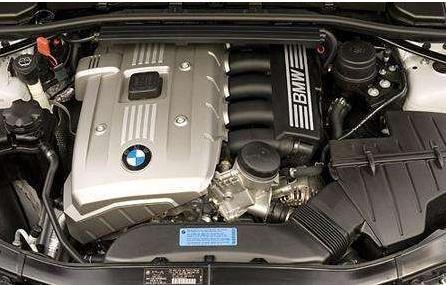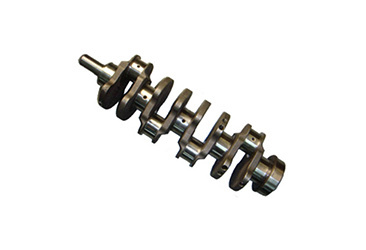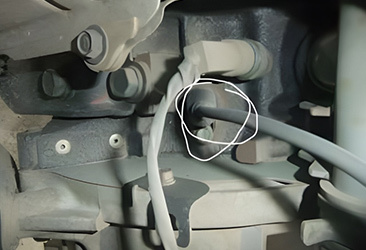The engine of a car can be either transverse or longitudinal? Mid to high-end cars mostly have longitudinal engines.
Release time:
2021-04-14
In front-engine vehicles, depending on the orientation of the engine placement, they can be divided into longitudinal and transverse types. Since the methods are different, there are certainly their own advantages and disadvantages. Simply put, compact front-wheel-drive cars, most mid-size sedans, and a few luxury sedans adopt the transverse engine layout, which is mainstream.
In front-engine vehicles, depending on the orientation of the engine, they can be divided into longitudinal and transverse layouts. Since the configurations differ, each has its own advantages and disadvantages. Simply put, compact front-wheel-drive cars, most mid-size sedans, and a few high-end sedans adopt a transverse engine layout, which is mainstream. On the other hand, rear-wheel-drive cars generally use a longitudinal engine layout. For example, in Germany's 'three-horse carriage': all models of BMW (excluding MINI) have longitudinal engines; Mercedes-Benz uses longitudinal engines for all models except A and B class; Audi A4 and above models also all have longitudinal engines. Is a longitudinal engine better than a transverse engine? Then why do most sedans use transverse engines?

A longitudinal engine means that the engine is perpendicular to the front axle of the car, while a transverse engine means that the engine is parallel to the front axle of the car. Simply put, if you stand in front of the car facing the engine and see it placed sideways in front of you, that is a transverse engine.

If it is placed upright in front of you, that is a longitudinal engine.
So why do most sedans use transverse engines?
From a mechanical perspective, power transmission loss is proportional to the distance over which power is transmitted and to the number of direction changes in power transmission. In a transverse engine setup, the crankshaft, input/output shafts of the transmission, and axle are all parallel. Therefore, for front-wheel-drive cars, having a front transverse engine is optimal as it minimizes power transmission distance and maintains consistent direction; thus achieving high transmission efficiency. This is one reason why most cars adopt transverse engines.
For rear-wheel-drive cars, since power needs to be transmitted to the rear axle without shortening transmission distance as much as possible while minimizing direction changes in power flow becomes crucial. If using a transverse layout where crankshaft and drive shaft directions are perpendicular to each other requires an initial direction change before transmitting power through the drive shaft; however, since this drive shaft's direction also remains perpendicular to that of the rear axle another direction change occurs at this point which undoubtedly reduces system efficiency. Using a longitudinal engine allows for parallel alignment between crankshaft and drive shaft reducing one directional change thereby minimizing energy loss. This serves as one reason why rear-wheel-drive vehicles utilize longitudinal engines. The direct power transfer from transverse engines does not require directional conversion making them even more necessary for four-wheel-drive models. Taking Audi as an example: its QUATTRO system transmits 75% of force to rear wheels effectively functioning like quasi-rear-wheel drive; although its front-driven portion also requires one directional change due to Audi’s mid-range models being entirely equipped with front-mounted engines resulting in short transfer distances thus making additional directional changes less impactful overall. Therefore Audi’s use of longitudinal engines has become traditional just as QUATTRO represents Audi’s essence creating an interdependent relationship between them. However for pseudo-four-wheel-drive vehicles there’s no need to insist on using longitudinal engines.
Latest News









